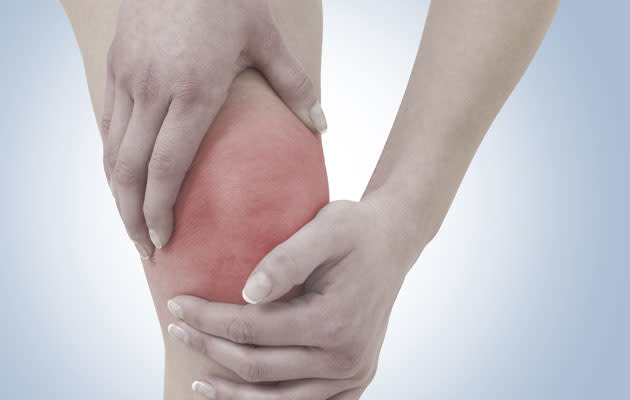 Fit to Post Health
Fit to Post HealthIncrease in painful gout attacks during Chinese New Year
Are you prone to feasting during the holiday season? If you are, watch out for gout.
“Every Chinese New Year, there seems to be an increase in gout attacks,” observes Dr Tan York Kiat, Consultant, Rheumatology and Immunology Department, Singapore General Hospital (SGH).
An acute form of arthritis, gout is known as the “rich man’s disease” because of its association with an overindulgence in rich food and alcohol. It causes severe pain and swelling in the joints. It most commonly affects the big toe, but may also affect the, ankle, hand, wrist, or elbow.
Men are more at risk of gout than women. However, after menopause, women’s risk increases.
Related article: What puts you at risk for gout?
A common disease
About 4.1 per cent of people suffer from gout, according to the Singapore Chinese Health Study, which was carried in 52,322 participants (mean age of 62 years old). The mean age at diagnosis was 55 years.
The disease manifested at a mean age 44 years, and as early as age 16 years, in another local study of 100 gout patients seen in a public hospital.
“Gout appears to be getting more and more common, and there seems to be a worldwide trend towards gout patients getting younger,” says Dr Warren Fong, Registrar (AST), Rheumatology and Immunology Department, Singapore General Hospital.
What’s worrying is that gout is associated with a host of conditions.
In one study, the majority of patients had at least one associated disease. The most common one was high blood pressure, followed by high cholesterol, kidney disease, heart disease and diabetes.
Related article: How to beat high blood pressure with exercise
How to prevent gout attacks
Gout occurs when there are high levels of uric acid in the blood. This can cause crystals of uric acid to settle in the joints. As uric acid levels accumulate with the breakdown of foods containing purine, it’s important to reduce the intake of foods high in purine.
Foods high in purine – Restrict your intake
Asparagus, cauliflower, mushroom
Oatmeal
Wheat bran and wheat germ
Red meat
Food highest in purine - Abstain completely if possible
Meat extracts
Broths, meat stocks and gravies
Chicken essence
Bak kut teh
Certain fish or shellfish
Salmon, herring, mackerel, prawn
Anchovies (ikan bilis), sardines, fish roe
Cockles, mussels, scallops
Certain fruits and vegetables
Spinach, peas, carrots
Strawberries (& strawberry jam)
Durian, tomato & tomato sauce
Beans and legumes
Beancurd, soya bean drink
Peanuts, bean cake, moon cake
All internal organs of animals and birds
Liver, kidney, brain
If you’re at risk for gout, you should also reduce your consumption of alcoholic beverages. “It’s also important to drink adequate water to help flush out the uric acid, unless you have some contra-indication,” says Dr Tan York Kiat.
Related article: Puzzled as to what foods gout sufferers can still eat? Read about the best gout-friendly foods
Have a mouth-watering, healthy recipe to share? Enter Health Xchange’s Tasty, Healthy Recipe Contest and stand a chance to win a Nike sports bag (worth $69)! Up for grabs: 20 Nike bags (1 per winner). Deadline: By 28 February 2013, 23:59, SGT. See the contest details on HealthXchange.com.sg.
This article was written by Jaclyn Lim for Health Xchange, with expert input from the Rheumatology and Immunology Department, Singapore General Hospital (SGH).
Find more health-related tips and articles on HealthXchange.com.sg, Singapore's trusted health and lifestyle portal.
Health Xchange's articles are meant for informational purposes only and cannot replace professional surgical, medical or health advice, examination, diagnosis, or treatment.



